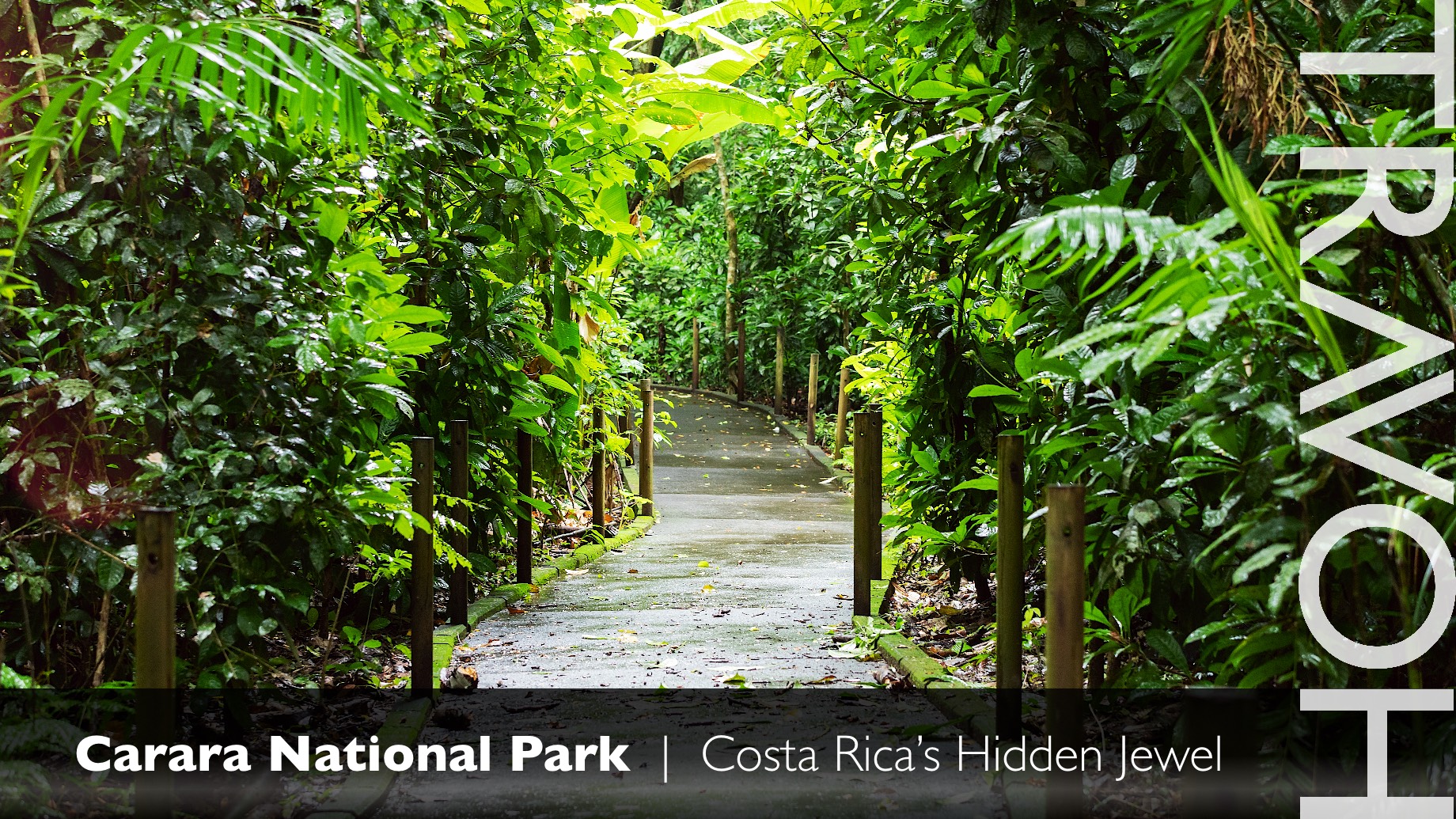
Ah, Costa Rica, the jewel of Central America! Today, I want to pull back the curtain on one of its most splendid yet lesser-known treasures: Carara National Park
Nestled between the tropical rainforests of the southern Pacific coast and the arid conditions of the northern Pacific lowlands, Carara stands as a perfect biological bridge. This unique positioning gifts the park with an unparalleled blend of flora and fauna, making it a biodiversity hotspot.
Why Carara?
Carara National Park, strategically located between the northern Pacific lowlands and the humid southern Pacific coast, serves as a biological bridge for an incredible array of wildlife. Though less frequented compared to its counterparts like Manuel Antonio or Arenal, Carara offers a tranquil escape into nature’s embrace, minus the bustling crowds.
Flora and Fauna Galore
If it’s wildlife you’re after, Carara doesn’t disappoint. The park’s diverse habitats make it a magnet for birdwatchers.
The most renowned of its avian residents is the scarlet macaw. This vibrant bird, with its red, blue, and yellow plumage, can be easily spotted, often flying in pairs or small groups. Their playful calls resonate through the park, especially during the early mornings and late afternoons.Their loud calls are hard to miss, and their dazzling red, yellow, and blue plumage paints the sky, especially during sunrise and sunset as they travel between their feeding and nesting sites.
But Carara isn’t just about these vibrant macaws. In the thickets, white-faced capuchin monkeys swing agilely, sometimes a tad mischievously, eyeing your snacks. On the forest floor, agoutis scuttle around, and if you’re incredibly fortunate, you might spot a reclusive ocelot or a jaguarundi. The Tarcoles River, bordering the park, is a haven for American crocodiles. Observing these ancient creatures from the bridge, especially during a late afternoon when they sunbathe, is a mesmerizing experience.
The Trails at Carara
Two primary trails await the intrepid traveler. The Universal Access Trail is a gentle, wheelchair-friendly path, allowing everyone to experience the park’s beauty. This trail offers lagoons frequented by crocodiles, a spectacle in themselves.
- The Quieter Trails: While the main trails like ‘Laguna Meandrica’ are beautiful, seeking out lesser-trodden paths offers solitude.
For the more adventurous, the Quebrada Bonita Trail delves deeper into the forest. It’s here that the sounds of nature come alive, and with every step, you’re likely to spot a new creature or plant. Remember to always inform park rangers about your plans and keep the park’s guidelines in mind.
A River Runs Through It
The Tarcoles River, which borders the park, offers another avenue of exploration. Renowned for its vast population of American crocodiles, the river’s bridge has become a popular viewing spot. But don’t just stop at the bridge. Several local tour companies offer boat tours, providing close-up encounters with these ancient reptiles and numerous bird species that call the riverbanks home.
Tips for the Trip
- Best Time to Visit: Carara is a treat year-round, but if it’s birdwatching you’re particularly interested in, the dry season between December and April is ideal. Less rain means more visible wildlife.
- What to Bring: Lightweight clothing, a hat, plenty of water, and a pair of binoculars. The binoculars, trust me, will transform your experience. And oh, don’t forget your camera!
- Guided Tours: While solo exploration is rewarding, hiring a local guide can enhance your experience tenfold. Their trained eyes and ears often spot creatures you’d easily miss.
- Stay Mindful: Remember, this is the home of countless creatures. Stick to the paths, avoid feeding animals, and keep noise levels down.
- Local Eats: Once you’re done with your exploration, don’t rush off. A few local ‘sodas’ (small eateries) dot the outskirts. Dive into a plate of ‘casado’, a hearty traditional meal, and sip on some freshly brewed Costa Rican coffee.
- Birdwatcher’s Paradise: Apart from the macaws, Carara is a birding haven. Bring your binoculars! From the three-wattled bellbird with its unique call to the boat-billed heron, there’s always a feathered friend to spot.
- Packing Essentials: Due to Carara’s transitional climate, it can get incredibly humid. Lightweight clothing, a hat, insect repellent, and lots of water are non-negotiables. While the park has some fresh springs, it’s best to carry your own water.
- Local Eateries: Just outside the park, a few local ‘sodas’ (small eateries) offer authentic Costa Rican meals. After a long hike, nothing beats a hearty ‘casado’ – a traditional dish with rice, beans, plantains, salad, a protein, and possibly, a fried egg. It’s delicious, fulfilling, and the best way to end your exploration.
- Mind the Rain: The park is beautiful all year round, but remember, this is a rainforest. The months of September and October can get particularly wet. However, the monsoon adds a magical touch, with the foliage glistening fresh and the streams gurgling a tad louder. Just ensure you have a waterproof bag and raincoat.
Carara National Park, with its melting pot of ecosystems, is a reflection of what Costa Rica stands for: a nation rich in biodiversity and culture. While it might not always top the list of must-visit spots in the country, this park is a serene, untainted gem that offers a genuine connection with nature.
